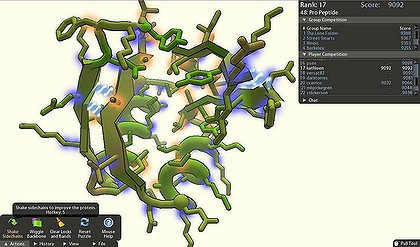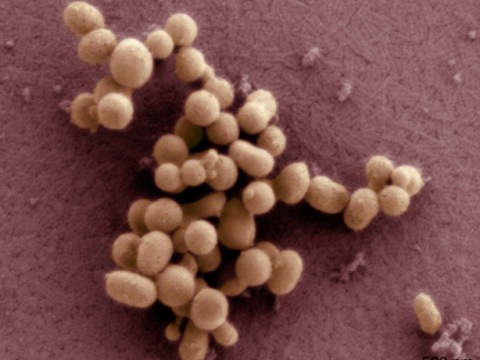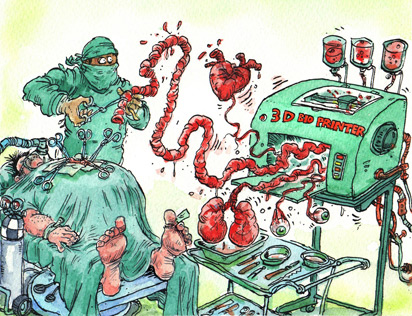“‘We believe this vaccine will someday be used to prevent breast cancer in adult women in the same way that vaccines prevent polio and measles in children,’ Vincent Tuohy, Ph.D., the study’s principal investigator and an immunologist at the Lerner Institute, told WOIO. ‘If it works in humans the way it works in mice, this will be monumental. We could eliminate breast cancer,’ he added.“
Some good news for the day: Scientists at the Cleveland Clinic believe they may have zeroed in on a vaccine for breast cancer. “The key, Tuohy said, is to find a target within the tumor that isn’t typically found in a healthy person. In the case of breast cancer, he and his team targeted a-lactalbumin, a protein found in the majority of breast cancers, but not in healthy women, except during lactation. Therefore, the vaccine can rev up a woman’s immune system to target a-lactalbumin, stopping tumor formation without damaging healthy breast tissue.”





